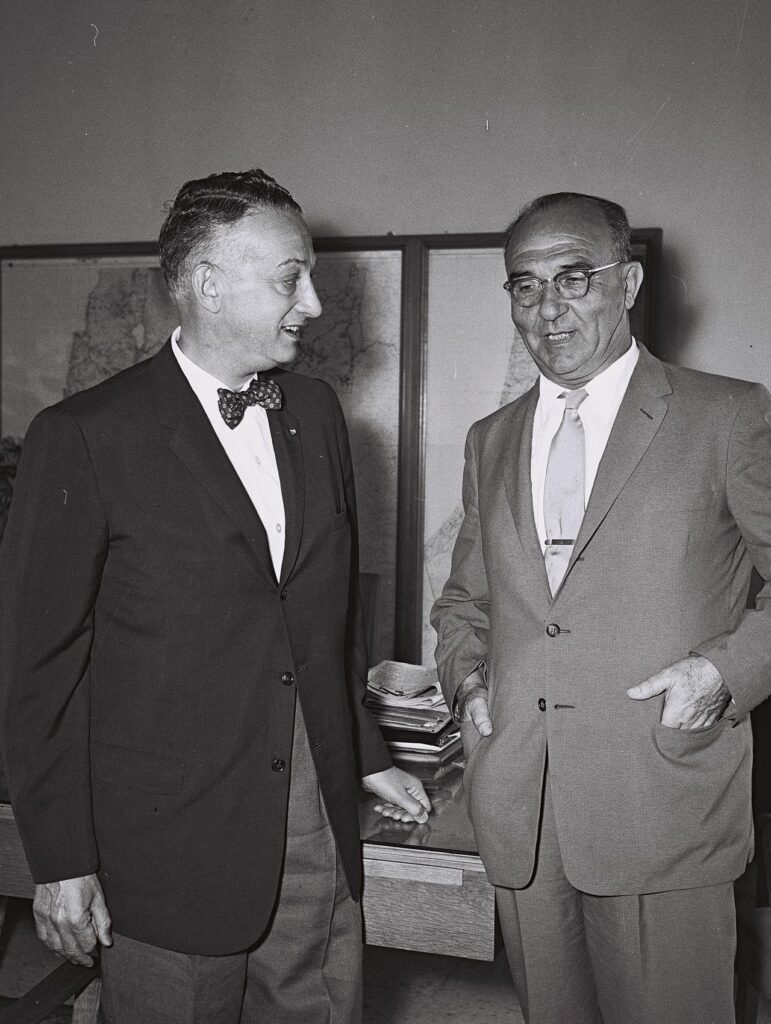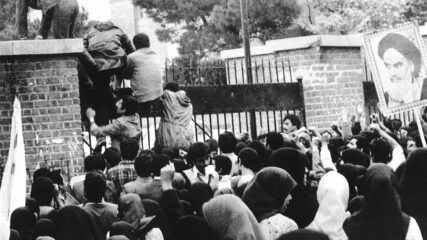Finance Minister Levi Eshkol authorizes the establishment of the city of Ashdod along the Mediterranean coast between Ashkelon and Tel Aviv on land rich in history, including the Arab-Israeli conflict. The name comes from an ancient city that existed at least as early as the 17th century B.C.E. about 4½ miles from the modern city, which is on the site of the Palestinian village of Isdud.
Ashdod was one of the five Philistine cities arrayed along the coast in opposition to the ancient Israelites. Isdud was demolished during the Israeli War of Independence. Egyptian forces captured the village during the war, and Israel responded by launching Operation Yoav, in which the Israel Defense Forces drove out both the Egyptians and any remaining Palestinian villagers.
The first official Israeli residents of Ashdod are Jewish immigrants from Morocco and Egypt, who settle in their new homes in November 1956. Covering more than 23 square miles, the city is officially incorporated in 1968, and immigrants from such nations as Romania, the former Soviet Union, Ethiopia, France, Argentina and India help boost the population to more than 200,000 over the next half-century.
The port of Ashdod, an artificial harbor, is Israel’s largest and handles about 60% of the state’s imports. Construction on the port begins in April 1961, and it welcomes its first ship, Sweden’s Wiengelgad, in November 1965.









